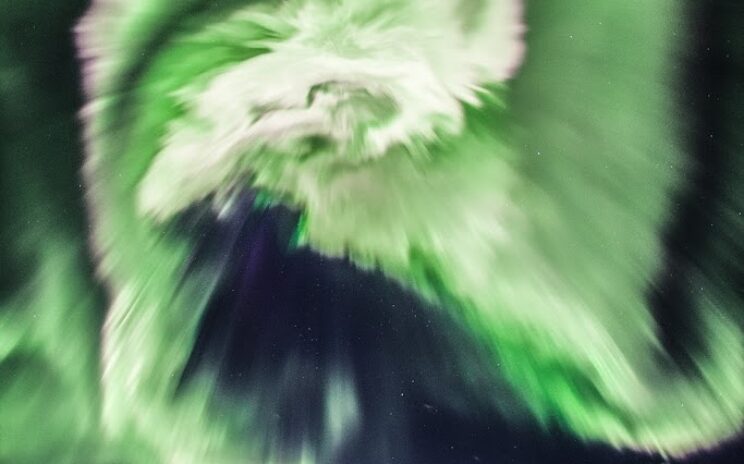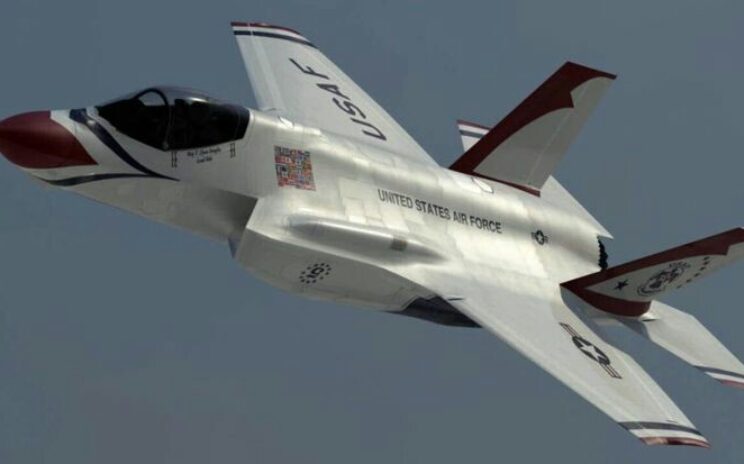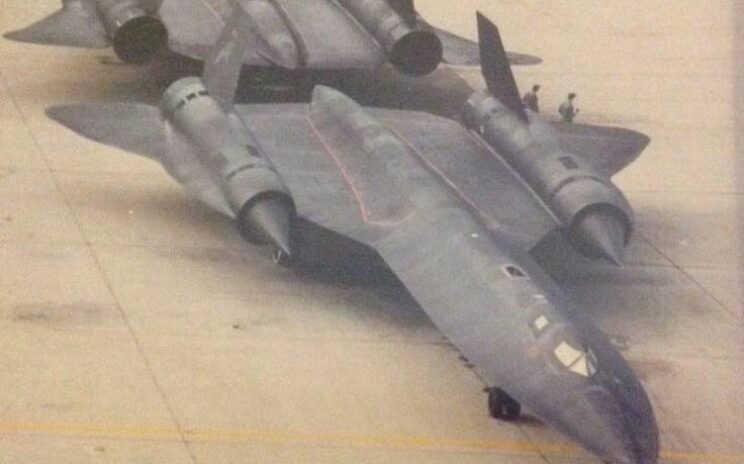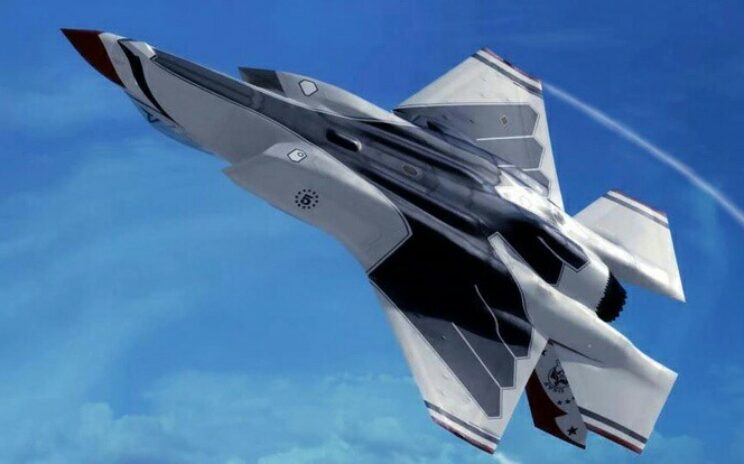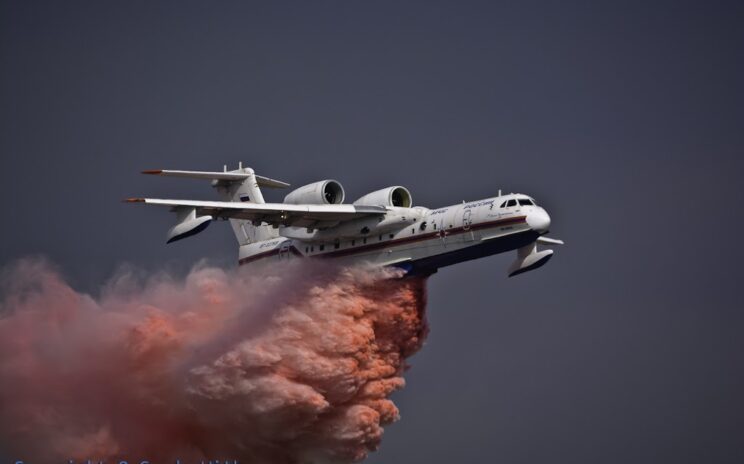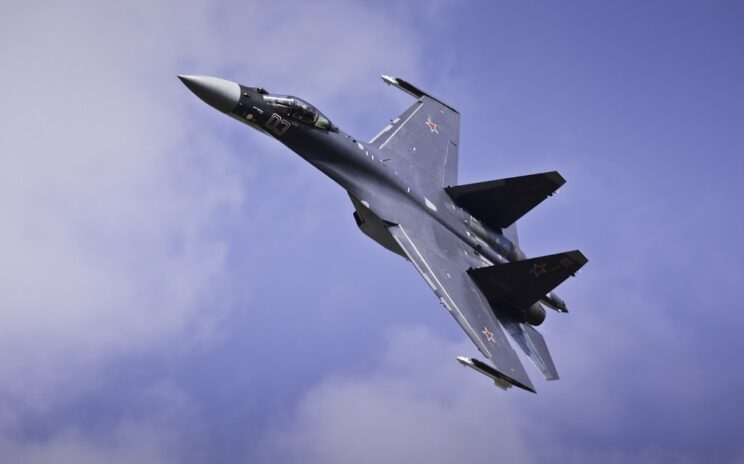Well that just an awesome photo… Originally shared by +Astronomy Picture of the Day (APoD) A Spiral Aurora over IcelandImage Credit & Copyright: Davide Necchihttp://apod.nasa.gov/apod/ap150915.html What's happened to the sky? Aurora! Captured late last month, this aurora was noted by Icelanders for its great brightness and quick development. The aurora resulted from a solar storm, with high energy particles bursting out from the Sun and through a crack in Earth's protective magnetosphere a few days later. Although a spiral pattern can be discerned, creative humans might imagine the complex glow as an atmospheric apparition of any number of common icons. In the foreground of the featured image is the Ölfusá River, while the lights illuminate a bridge in Selfoss City. Just beyond the low clouds is a nearly full Moon. The liveliness of the Sun — and the resulting auroras on Earth — is slowly diminishing as the Sun emerges from a Solar maximum of surface activity and evolves towards a historically more quite period in its 11-year cycle. In fact, solar astronomers are waiting to see if the coming Solar minimum will be as unusually quiet as the last one, where sometimes months would go by with no discernible […]
Looks like this would be fun to fly…
Another what if photo of the Thunderbirds in the latest jets…
Yet something else I have never seen…
Time to pick up the current and past issues for some good Sci Fi Reading….! Originally shared by +Daniel Suarez TWELVE TOMORROWS (2016) – New Release +MIT Technology Review has long been one of my favorite tech and science magazines, so I was honored when Bruce Sterling asked me to contribute to their fourth annual Science Fiction Anthology (2016), Twelve Tomorrows. Described as "science fiction inspired by today's new technologies", this year's collection includes my short story, All the Childhood You Can Afford , alongside visionary sci-fi tales from a host of talented authors — plus a gallery of classic sci-fi artwork by the late Virgil Finlay. To grab your copy, visit:http://www.technologyreview.com/twelvetomorrows/16/ Editor: Bruce SterlingArtwork: Virgil Finlay (1914-1971)Short Stories by: Paola Antonelli, Ned Beauman, Ilona Gaynor, Nick Harkaway, John Kessel, Annalee Newitz, Pepe Rojo, Bruce Sterling, Charles Stross, Daniel Suarez, Jo-Lindsay Walton
Thunderbirds return to Kentucky today…… It's been 40 years…
Originally shared by +Frederick Van Johnson
Also by clicking the link you can help to support +This Week in Photo (TWiP) and also get yourself a massive deal on educational materials and tools to read over the impending winter of El Nino, mudslides and endless rain..! Only 4 days left to check it out and grab the package.. If it says anything I just got it myself – as I look at it, I might never use all of it but the Charity side of it is worth the money alone… http://goo.gl/Jl4CJ1 The Complete Photography Bundle III – $3,300 for 96%+ off!Save over 96% on top photography resources from some of the biggest names in photography education. Hurry, this photography sales ends September 15, 2015 at Noon PST!
Hmm an SR71 photo I had not seen as of yet…. No idea who took this or where it came from.. I thought I had seen them all…
Now that takes a special kind of pilot….
http://www.businessinsider.com/animated-map-global-fiber-optic-internet-cables-2015-9#ooid=1iNHI3dzr1l7P_ZGDpqWJC3kUle6Dsan Global fiber-optic internet cables map – Business InsiderVIDEO: And you’d never even know they were there.
This must be from a video game or the Thunderbirds just got much more awesome at airshows…..
Here is a tougher one to figure out…
Originally shared by +Yonatan Zunger Things stay in orbit not by being high up, but by moving fast enough that they continually fall towards the ground and miss. Draw a line between yourself and the center of the Earth; gravity is pulling you along that line. Point your nose perpendicular to that line, and go: your normal straight-line motion is moving you away from the Earth. The art of orbiting is simply the art of keeping those two things in balance, so that you're moving so quickly through space that you're losing altitude through falling at the same speed that you're gaining it through hurtling. Of course, you have to be going kind of fast for this to work. The ISS travels at a steady speed of 7.6km (4.76 miles) per second. This is why spacecraft don't simply fly straight up; they fly up about 26,000' to get out of the thickest part of the air, then turn 90° and thrust for speed. (This post talks more about why that makes more sense than taking off horizontally like an airplane: https://plus.google.com/+YonatanZunger/posts/VsYyUDxFUDr) It probably won't surprise you that when you're flying at this speed, running into things is not a good […]
Do drones count as planes to you? Or are true planes only flown by sitting in them? In Album 9/5/15
Originally shared by +**** Beriev Be-200 https://en.wikipedia.org/wiki/Beriev_Be-200
Ah the worlds laziest device….
Nice work +Olav de With Originally shared by +Olav de With Russia / MAKS 2015Sukhoi Su-35
